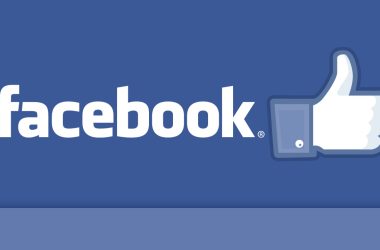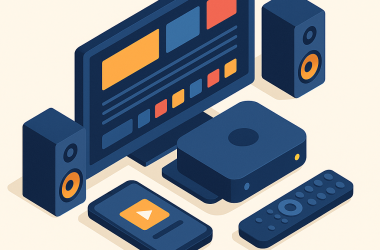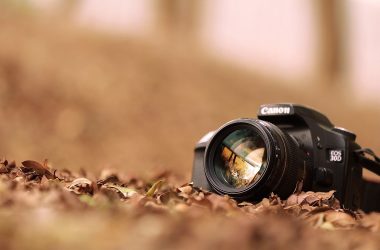Table of Contents Show
Both the production and reception of art have been revolutionized by technological advances. New forms of artistic expression and channels for artists to communicate with their audiences have emerged as a direct result of technological advancements, from the advent of digital tools to the proliferation of online and social media platforms.
Streaming
Streaming services and online marketplaces are two examples of how digital platforms have altered the art-buying landscape. Consumers now have access to a wide variety of music, movies, TV shows, and documentaries from all over the world thanks to the proliferation of streaming services like Netflix and Spotify. Consumers can find more content that speaks to their interests on these platforms because of the individualized and on-demand nature of the viewing experience they provide.
Social Media
Instagram and TikTok are just two examples of the many social media sites that have opened doors for artists by providing a new venue for public display of their work and access to a larger audience. The use of hashtags and other social sharing features has made it much simpler for people to find and interact with the work of emerging artists on these platforms, which in turn has increased the exposure that these artists receive.
Digital Art
Digital art is another example of how technology has impacted the creative sector. The term “digital art” is used to describe any form of artistic expression that makes use of digital tools and mediums. Artists now have more tools at their disposal than ever before thanks to the advent of digital art, which has allowed them to create fully immersive and interactive works previously impossible to realise.
Software
The use of modern technology has also altered the creative process. Digital painting software and 3D modelling programmes have made it possible for artists to create intricate works of computer-generated art. These tools improve both accuracy and speed, making it simpler for creatives to try new things and refine their methods.
AI Art
The use of AI has completely altered the landscape of digital art creation. Tools powered by artificial intelligence can help artists improve efficiency, eliminate tedious activities, and produce groundbreaking new works. Some of the most widely used artificial intelligence programmes for creating digital artwork are as follows:
Artificial intelligence (AI) style transfer algorithms can take the aesthetic qualities of one image and apply them to another. A snapshot of a cityscape, for instance, may serve as inspiration for an artist who wished to render a scene in the style of Van Gogh’s Starry Night. DeepArt.io and Prisma are only two examples of the many accessible software and internet tools that may help artists create this effect.
Neural Networks Neural networks
Neural Networks Neural networks are an AI algorithm type that can “learn” traits and patterns from a dataset. With the help of neural networks, creatives can make their own original works of art from scratch. DeepDream, a Google tool, is one such example; it takes an input image and outputs a surreal, abstract rendition of the image based on the patterns the neural network has learned.
Generative adversarial networks (GANs)
Generative adversarial networks (GANs) are a specific kind of neural network that can learn from a dataset and then generate novel, one-of-a-kind images. For the first time, GANs have the ability to produce images that are both realistic and detailed, giving the impression that they were made by human artists. Individual figures, landscapes, and abstract works of art are all within reach with the help of these instruments. There is a widely used online programme called Artbreeder that employs GANs to create original works of art.
Motion Capture
The term “motion capture” refers to a set of technologies that use cameras and sensors to record a subject’s motions so that they can be used afterwards as reference points. With this information, 3D models of humans and other animals can be created for use in visualisation and simulation. OptiTrack and iPi Soft are two examples of software that may be used to record movement and generate 3D models.
NLP
NLP, or natural language processing, is a subset of artificial intelligence designed to decipher written and spoken language. Captioning photographs, translating text, and even coming up with original prose or verse are all tasks that can be automated with the help of natural language processing. Artists have turned to the popular NLP tool GPT-3 to develop original writing in response to certain prompts.
Conclusion
In conclusion, the use of AI-enabled tools has revolutionized the field of digital art. These resources enable the creation of groundbreaking works of art that were previously impossible to produce, as well as the simplification of laborious, repetitive chores. There will be many more fascinating innovations in digital art as AI technology develops further.
Overall, it’s clear that technological advancements have had a major effect on the artistic production and reception processes. It’s paved the way for artists to connect with more people and experiment with different styles. At the same time, technological advancements have expanded consumers’ options, making it simpler for them to explore and appreciate different kinds of artistic expression. Future changes in the ways in which people produce and consume art are likely to be the result of the ongoing development of technology.







